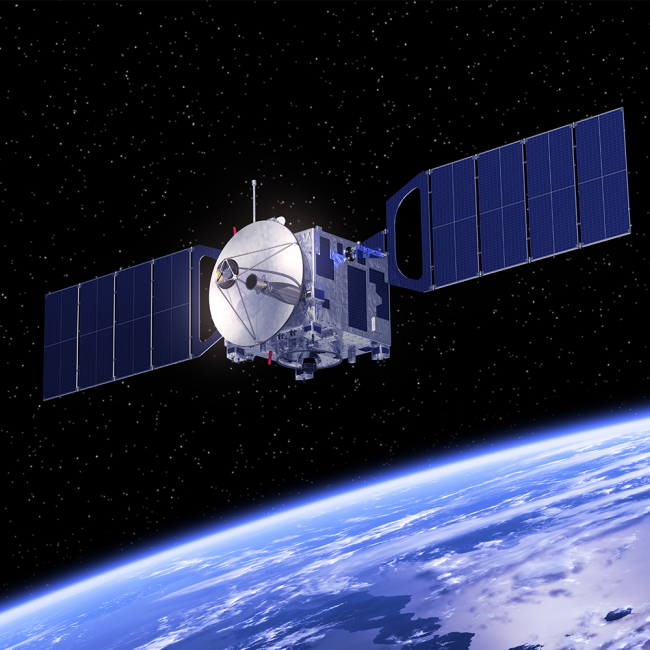
Satellite
In the nearly 60 years since the first satellite was shot into orbit, the information that satellites have sent back to Earth has proven invaluable to public health. Early weather warning systems made possible only through satellite technology can ensure people get to higher ground, to emergency shelters or into basements in time to protect themselves from danger. Some scientists have used information from satellites during public health crises to track the extent of disease outbreaks and natural disasters. This technique is especially helpful when infrastructure has taken out roads and communications systems otherwise used to get a close-up view of the damage.
Satellites also provide information, commonly referred to as remotely sensed data, on humidity and vegetation. Scientists can learn from afar whether certain habitats are likely to be suitable for mosquitoes; that enables them to predict rates of mosquito-borne diseases such as malaria, dengue, chikungunya and Zika. They can even measure water’s temperature and its quality factors, such as salinity and murkiness, to predict the spread of cholera, E.coli, cryptosporidiosis, and other water-borne diseases.
